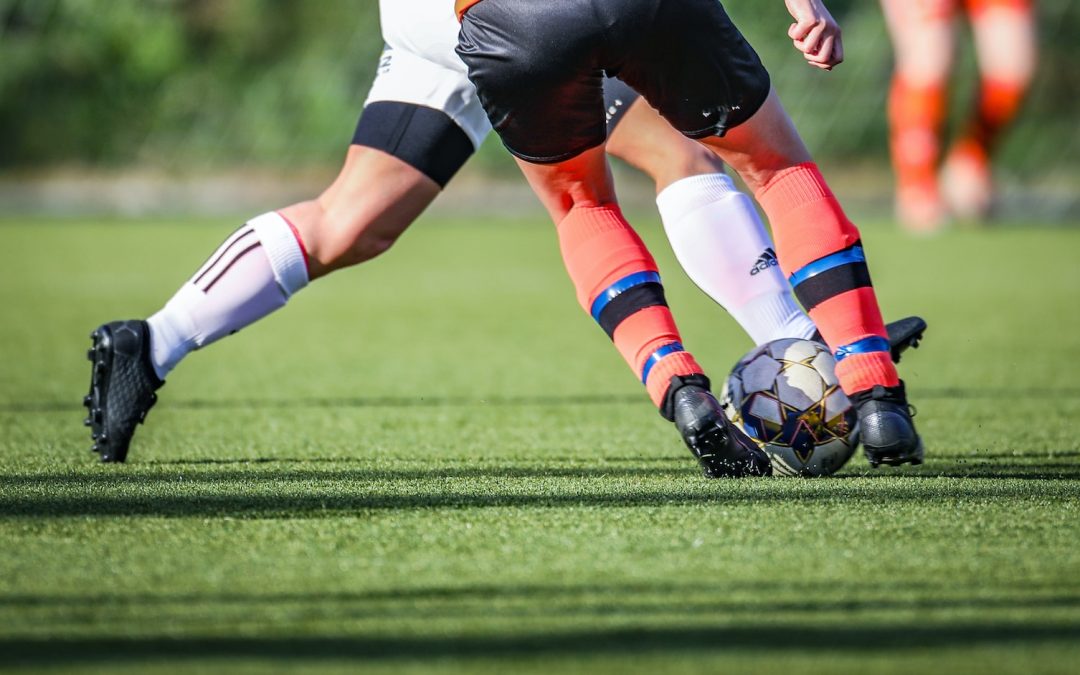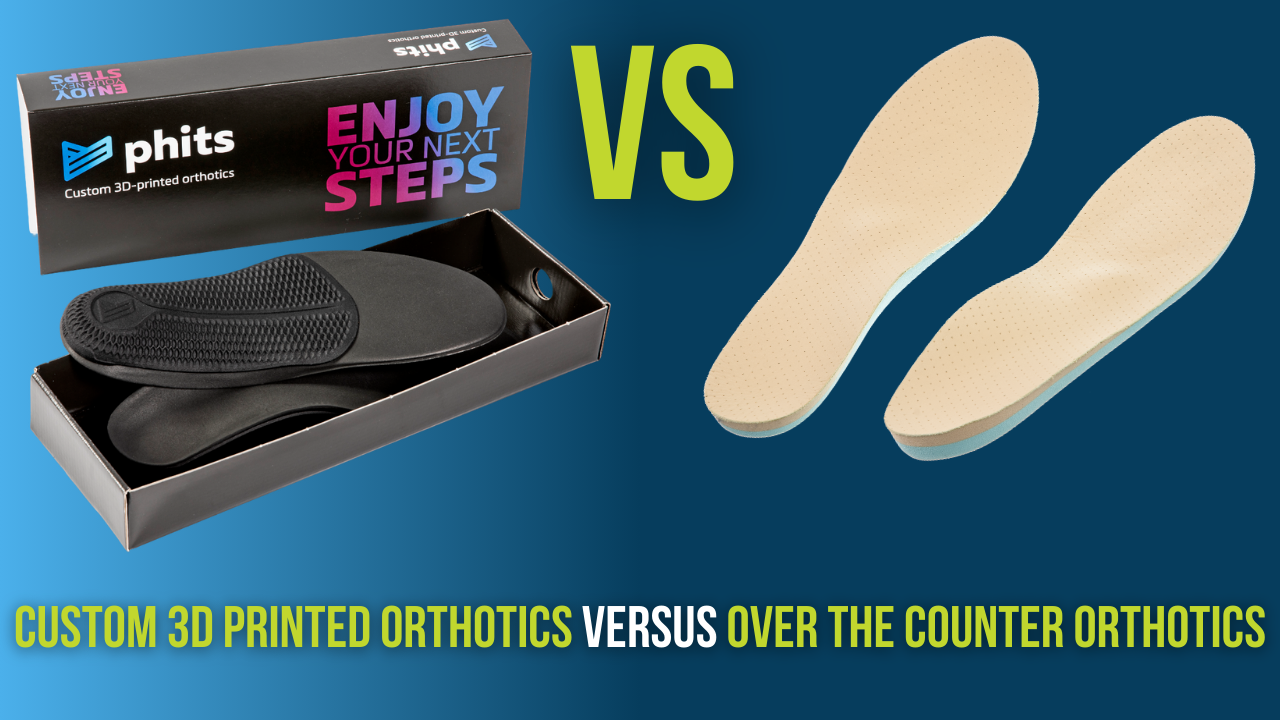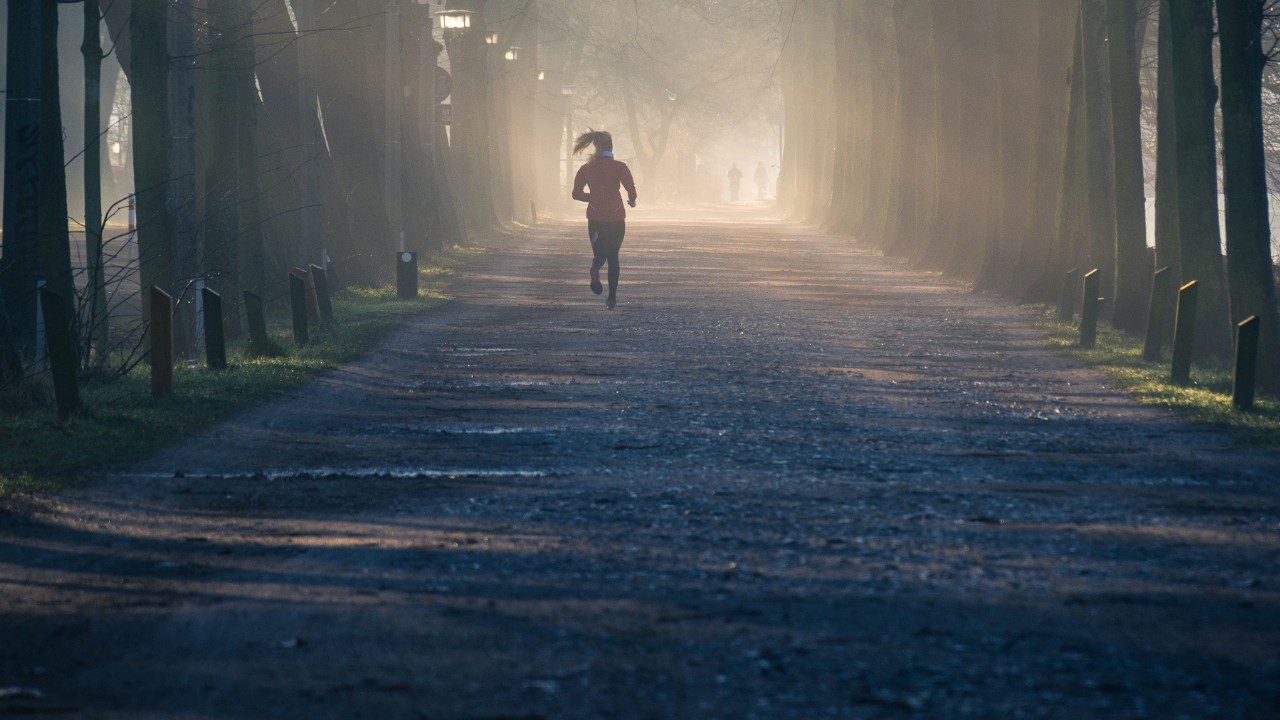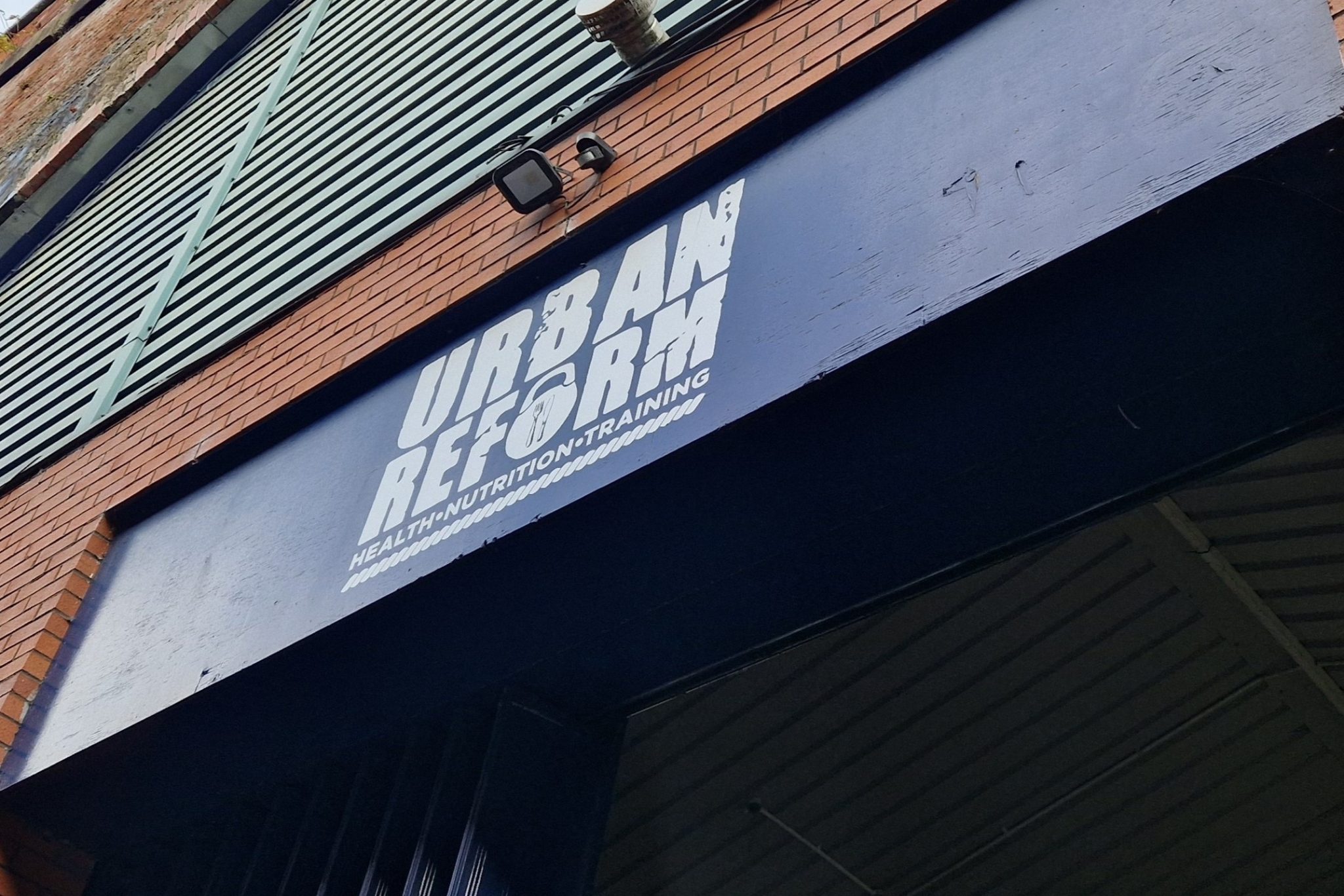The Role of Physiotherapy in ACL Rehabilitation
The Anterior cruciate ligament (ACL) is located inside the knee. The ACL is a strong band of ligament that is important for knee stability. The ACL is partnered alongside the posterior cruciate ligament (PCL), they cross inside the knee attaching the femur to the tibia. The ACL prevents excessive tibia translation as well as restricting over rOTation of the knee.
The ACL is commonly injured during sports that require a quick change of direction, sudden stop, jumping, or landing involved. When excessive movement of the tibia occurs, it can cause the ACL to tear. When this occurs, some people describe a popping sensation in the knee, there is normally swelling, pain when attempting to weight bare and the knee will feel unstable. If these symptoms occur, then it is important to seek medical advice to ensure the appropriate rehabilitation to ensure a full recovery.
It has been found that females are more likely to sustain an ACL injury than males. This is a result of biomechanics and the framework of the female body. Females naturally have wider hips designed for pregnancy. Wider hips cause more strain on the knees due to hip to knee angle.
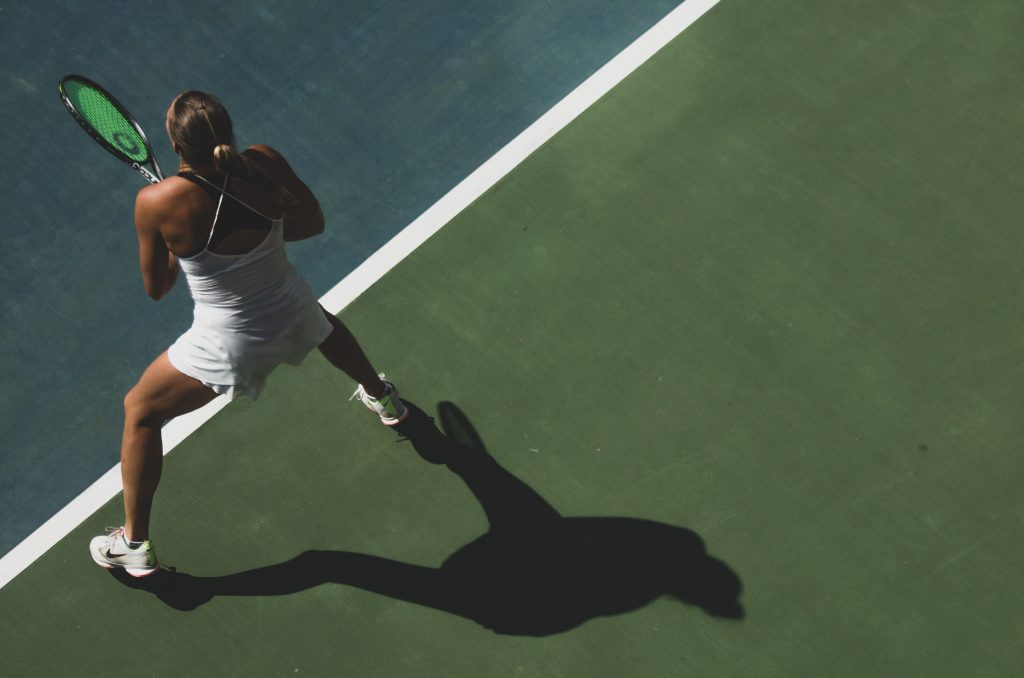
Treatment Options for ACL Injuries
Treatment for an ACL injury varies on the severity. ACL injuries are graded for 1 to 3 depending on the severity. Grade 3 ACL injuries are when the ACL is fully ruptured which means that surgery is needed to reattach the ACL.
Grade 1, 2 and grade 3 post-surgery injuries can be treated with exercise rehabilitation to strengthen and stabilise the knee as well as restoring range of movement at the knee.
When an injury to the knee first occurs its very important to stop what you are doing elevate the leg, compressive the knee and apply ice to the area. When the ACL is injured, it is very important to rest. After this if weight bearing is painful and the knee feels weak and painful it is important to seek medical advice. A professional will exam the knee and diagnose the injury. If an ACL injury is determined, then physiotherapy is needed to reduce pain and restore function.
The Role of Physiotherapy in ACL Rehabilitation & Rehabilitation Timeline
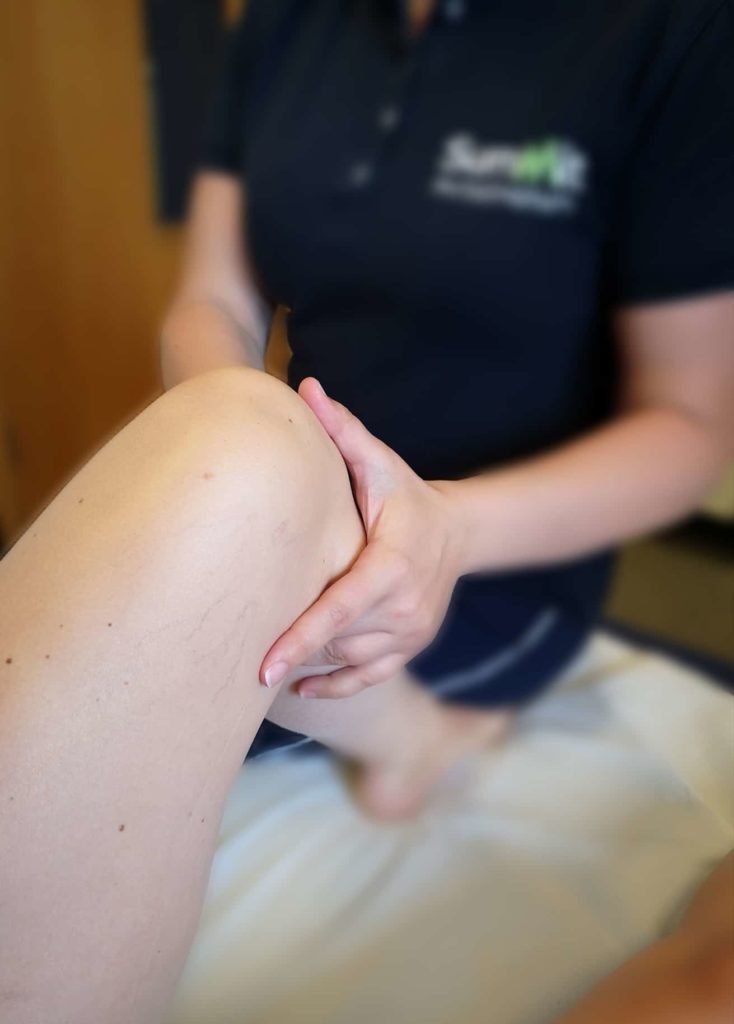
During the acute stage of the injury, the focus is to reduce pain and swelling. This can be done through rest, ice, compression, and elevation. At summit physiotherapy we can also provide massage and manual therapy to further reduce the pain and swelling. Soft tissue massage can be performed to the knee to improve blood circulation and reduce swelling. Manual therapy consists of passive movement to begin restoring range of movement in the knee which will help with pain. Hyperbaric Oxygen Therapy would also be a good treatment modality to speed up the healing process and reduce inflammation.
Once pain and swelling has reduced, then specific exercise will be prescribed by the physiotherapist. The exercise rehabilitation plan is focused to increase ROM and strengthen the knee to insure stability. Range of movement of the knee is restored though stretching. We also want to strengthen the knee by performing exercises that load the ligament. Loading the knee through exercises such as squats strengthens the ligament and the surrounding muscles to improve knee stability.
When the knee is strong, and stability is restored then the last step is to incorporate plyometric training into the rehabilitation plan which includes jumping and landing. This applies maximal load to ensure the ligament is a strong as possible and withstand the force. Plyometrics is also very good at acting as a preventative to reduce the likelihood of reinjury.
It is very important that these stages are gradual, and the recovery of the ACL takes time. Recovery of injuries vary from person to person and depends on the severity however we can estimate that a grade 1 ACL injuries will take around 0-1 week to recover, grade 2 takes anywhere from 3-24 weeks, and grade 3 takes 5-52 weeks. This scale also depends on how strict you are with the rehabilitation plan.
ACL Rehabilitation ExercISES
Below are just a few examples of exercises recommended during the various stages of ACL rehab…
early stage rehabilitation


MID-STAGE REHABILITATION


LATE-STAGE REHABILITATION


Long-Term Knee Health
Maintaining knee health is very important and ACL injuries can be prevented by keeping the muscles surrounding your knees strong and flexible with a consistent exercise routine. The hamstrings, located on the back of the thigh, works with the quadriceps muscle, located on the front of the thigh, to bend and straighten your legs. Strengthening these muscles can better protect you against knee injuries, including ACL tears.
Being cautious of how you land when jumping is also important in preventing ACL injuries. Landing with legs straight puts significant stress on your joints and ligaments. The ACL absorbs more of the force, which increases your risk of injury. You can reduce this by landing with a slight bend at the knees and hips, so when you land, your core, glutes, quadriceps, and hamstrings are working together to provide stability and keep the ACL from bearing the full brunt of the force.
If you’re seeking advice or rehabilitation following an ACL injury, call us on 0800 731 2738 or book online here.
You can also view all the services we provide within our clinics on our website, as well as checking out our other blogs and content.
For more free tips and information, make sure to follow our Facebook and Instagram pages. We also post client stories, so you can see how we’ve helped people get back to doing the things they enjoy!
